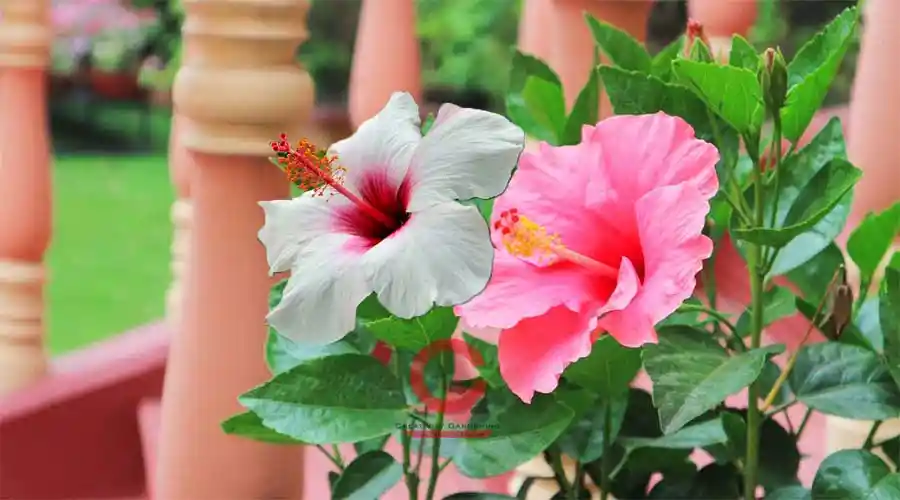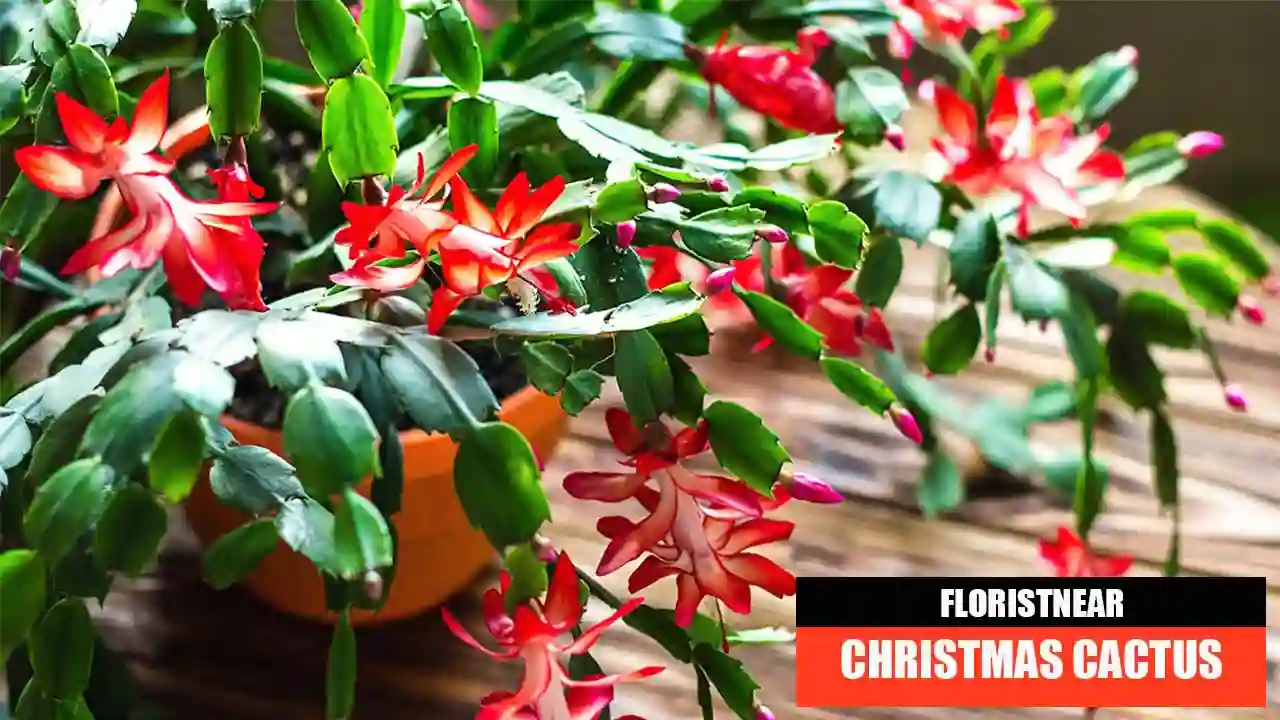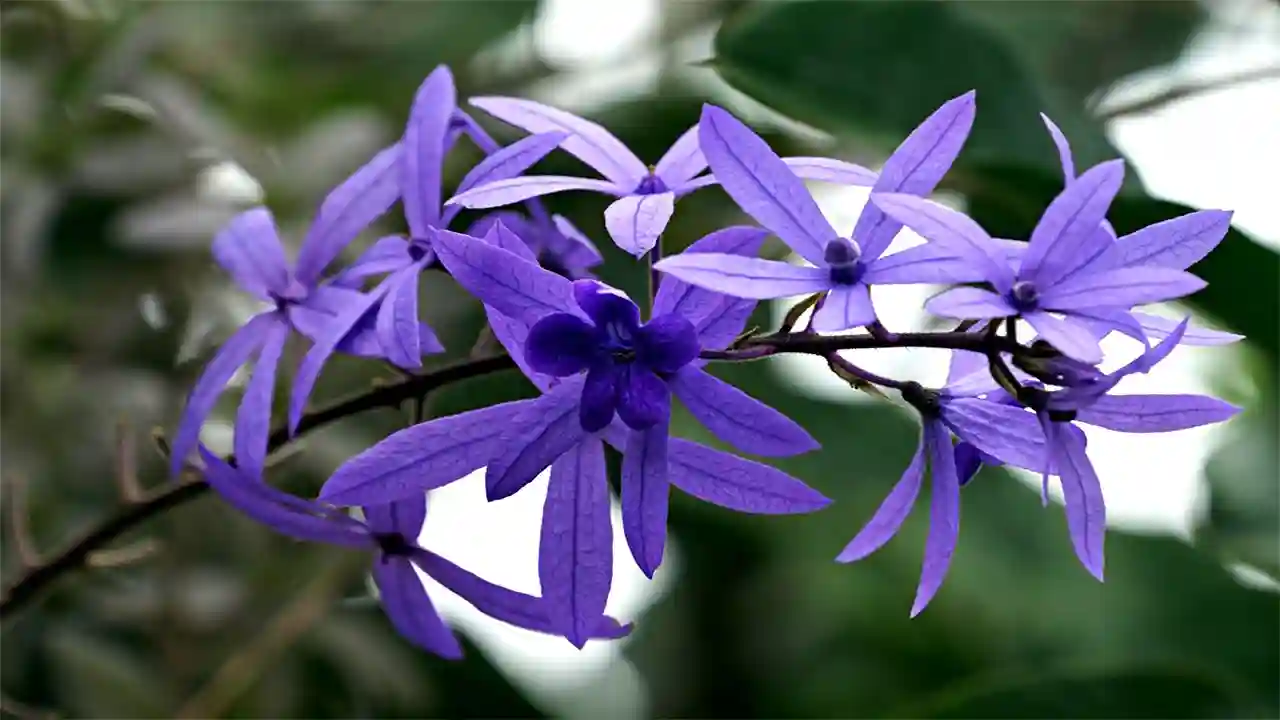Allium plants are a common addition to many gardens because of their eye-catching flowers and simplicity of growth. With over 800 species to choose from, there’s an Allium plant for every type of garden. It’s crucial to know how to properly care for your Allium plants in order to keep them strong and looking their best. This article covers all the necessary groundwork for taking care of Allium plants, from planting to pruning, so you can enjoy these lovely plants for many years to come.
The Allium genus comprises herbaceous perennial bulbous plants, which are classified under the Amaryllidaceae family. Its widespread use as a culinary ingredient notwithstanding, the Allium plant has been an essential component of traditional medicine for several centuries. This article will explore the various uses of the Allium plant, its history, and its benefits.
Allium: Easy to Grow and Care for Allium Plants
Allium Plant’s Antiquity
The Allium plant’s origin is traced to Central Asia and the Mediterranean. Its cultivation dates back many millennia. The Ancient Egyptians were convinced of the Allium plant’s therapeutic prowess, applying it in treating various infections and wounds. In the Middle Ages, it was a prevalent remedy for numerous ailments, among them toothaches, arthritis, and headaches.
The Allium plant has long been used in cooking in addition to being used medicinally. The Allium plant was a staple in medieval European cooking and was used in cooking by the ancient Romans.

Choosing a Planting Location for Alliums
Alliums like well-draining fertile soil and lots of sunlight, so choose a spot that gets at least six hours of direct sunlight each day. It is also important to ensure that the soil is not too wet, as alliums do not grow well in damp soil.
Planting Alliums
Fall is the best time to plant alliums, as this gives them time to develop strong roots before the cold winter months. Aim to plant your allium bulbs in late September or early October, before the first frost.
Soil
Alliums prefer soil that’s on the dry side, so make sure the soil doesn’t hold water. If your soil is heavy or clay-like, consider adding some sand or organic matter to improve drainage.
[READ MORE: SUMMER PLANT CARE: TOP 30 SUMMER FLOWER PLANTS]
Planting Alliums: Step by Step
Now that you’ve prepared your planting location, it’s time to get started. Follow these steps to plant your allium bulbs:
Step 1: Dig a Hole
Dig a hole that’s twice as deep as the height of the bulb. For example, if your bulb is two inches tall, dig a hole that’s four inches deep.
Step 2: Plant the Bulb
Plant the bulb with the pointed end facing up, and cover it with soil. Water the soil thoroughly.
Step 3: Space the Bulbs
Alliums should be planted about six to eight inches apart, so make sure to space your bulbs accordingly.
Step 4: Water the Bulbs
Water the bulbs deeply once a week, or whenever the top inch of soil is dry. Be careful not to overwater, as alliums prefer soil that’s on the dry side.
Watering Alliums
As mentioned earlier, alliums prefer to be on the dry side. Water deeply once a week or whenever the top 1 to 2 inches of soil is dry. Alliums do not like wet soil, so make sure the soil has good drainage.
Fertilizer of Alliums
Alliums don’t need a lot of fertilizer, but a little can help them grow strong and healthy. Fertilize once a month with a balanced fertilizer such as N.P.K-10-10-10 or 5-10-5 formula. Avoid using too much nitrogen, as this can cause floppy stems.
Pruning Alliums
Once the flowers have finished blooming, it’s important to remove the spent flower heads. This prevents the plant from putting energy into producing seeds, and instead encourages it to focus on growing strong roots and leaves. Simply snip off the flower head with a pair of clean scissors or pruning shears.
Dividing Alliums
Alliums have a tendency to overcrowd and eventually stop blooming. Dividing your alliums every few years is essential to maintaining their health and blooming. Before dividing, wait until the plant has finished blooming and the leaves have withered away.
Carefully dig up the bulb and separate the individual cloves of an allium to divide it. There should be a stem attached to each clove. The cloves should be replanted at the same depth and well-watered.
Common Pests and Diseases
Alliums are generally pest- and disease-resistant, but they can be affected by a few common issues. The most common pest is the onion fly, which lays eggs in the soil around the bulbs. To prevent this, cover the soil with a layer of mulch to discourage the flies from laying eggs.
A few fungi-related ailments, including downy mildew and white rot, can also harm alliums. Avoid planting alliums in soil that has previously been used for growing onions or other alliums to avoid these problems. Remove any infected plants and dispose of them properly to maintain good sanitation.
In conclusion, Alliums are a beautiful and easy-to-care-for plant that can add color and interest to any garden. By following these simple care tips, you can enjoy healthy, blooming Alliums for years to come.
Types of Allium Plant:
Alliums are a diverse group of plants with over 800 different species. These plants belong to the onion family and are known for their globe-shaped flower clusters, which can range in color from white and pink to purple and blue. Here are some of the most popular types of Allium plants.
How do I know when to plant Allium bulbs?
Allium bulbs are best planted in the fall for spring blooming.
How often should I water my Allium plants?
Water deeply once a week during the growing season.
What kind of fertilizer should I use for my Allium plants?
Allium plants benefit from a balanced, slow-release fertilizer.
How do I prevent onion maggots from attacking my Allium plants?
Keep the garden area clean and free of plant debris to prevent onion maggots from breeding.
Can Allium plants grow in containers?
Yes, Allium plants can be grown in containers as long as the container is deep enough for the bulbs to grow.
How do I deadhead my Allium plants?
Cut the flower stalks down to the ground once they have turned brown and dry.



